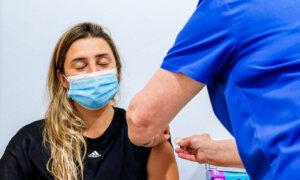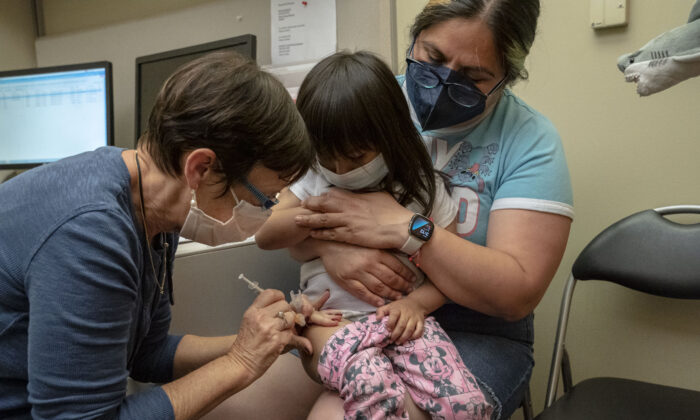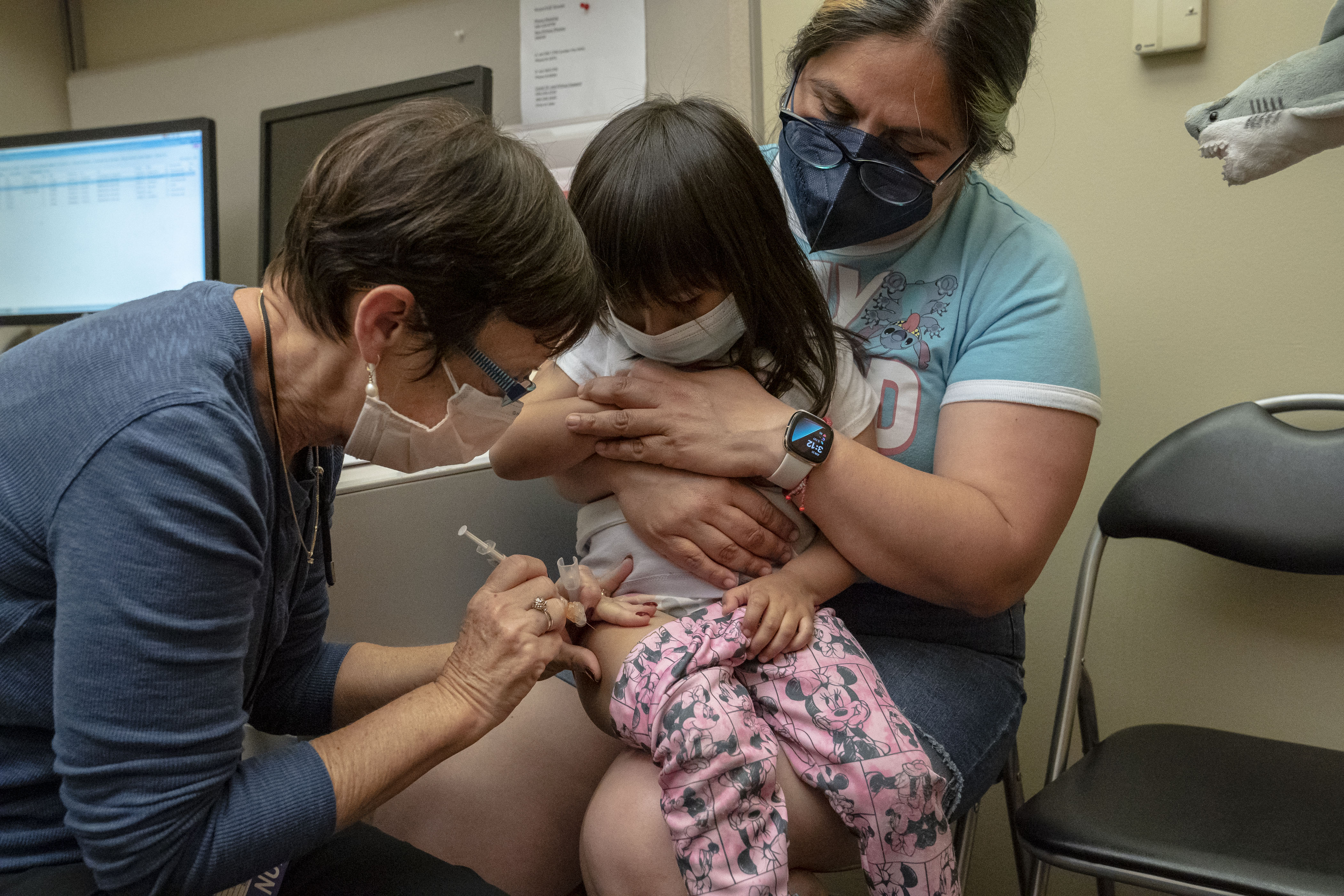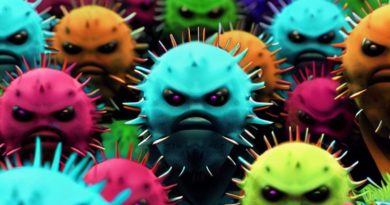COVID-19 Vaccinated Children at Higher Risk of Tooth Decay, Cavities: Study
Researchers called for ‘preventive dental programs’ for children who have taken the jabs to ‘avoid oral health consequences.’
Children who received COVID-19 vaccinations have lower salivary secretion rates, placing them at a higher risk of tooth decay and cavity issues, according to a recent study from Saudi Arabia.
The peer-reviewed study, published in the latest issue of the International Journal of General Medicine, compared the saliva of children who were vaccinated against COVID-19 with those who did not take a vaccine.
Researchers collected data from 66 vaccinated and 66 unvaccinated pediatric dental patients between the ages of 4 and 12. They found “a significantly higher salivary secretion rate in unvaccinated than vaccinated study participants.”
The study concluded that “COVID-19 vaccination is likely to affect salivary parameters among pediatric patients.”
“The findings of this study may potentially have significant implications for the oral health of children,” the researchers said, since any significant dip in saliva secretion could “escalate the prevalence and severity of dental caries in this population.”
Dental caries refer to tooth decay or cavities.
“Consequently, this may place an additional burden on the provision of dental care services on long term.” Researchers noted that “oral health education and preventive dental programs targeted at COVID-19-vaccinated children must be undertaken to avoid oral health consequences.”
Study Criteria
The study analyzed the salivary differences in vaccinated and unvaccinated children through three criteria: secretion rate, pH, and buffer capacity.
The pH scale measures how acidic or basic something is, with saliva’s normal pH level being in the somewhat neutral range of 6.7 to 7.4. Consuming too many acidic foods can change the pH level to be more acidic and can cause acids in the mouth to demineralize or break down the tooth enamel.
The buffering capacity of saliva measures how efficient it is in resisting changes to its pH level.
The study found that unvaccinated children had a “significantly higher” mean salivary pH value compared to their vaccinated counterparts.
Researchers speculated that the difference in pH values could be attributed to “elevated immunologic factors” in saliva post COVID-19 vaccination.
As to buffering capacity, the study found that this was higher in a “statistically significant” measure among unvaccinated children.
“Since an association exists between the buffering capacity of saliva and caries activity, it is possible to predict and detect the risk of dental caries and update dental treatment protocols leading to an improvement in the oral health status of COVID-19 vaccinated children,” the authors wrote.
The study also found gender differences in salivary secretion. Among male children, those who were unvaccinated had “significantly higher” pH levels—meaning they were less acidic—than those who were vaccinated. However, “no such significant difference” was found among female participants.
“Therefore, it can be speculative that the COVID-19 vaccine is more likely to cause variation in the salivary pH of male children than females,” the study authors wrote.
Saliva, COVID-19, and Vaccines
A study from March 2023 found positive links between COVID-19-recovered individuals and certain antibodies in saliva.
It found that individuals who recovered from a COVID-19 infection had higher salivary immunoglobulin G—an antibody that protects against viral and bacterial infections—than those who received Pfizer’s COVID-19 vaccine.
Booster shots of the Pfizer vaccine “did not produce an evident increase” in the mucosal immunoglobulin G response, the study noted. Mucosa refers to the membrane that lines the insides of cavities and organs throughout the body, according to the Cleveland Clinic. The membrane lubricates and protects organs and cavities from invasive pathogens.
Even though various COVID-19 vaccines were found to elicit “similar” immunoglobulin G response in saliva, this was observed to wane over time.
Saliva can be a key predictor of COVID-19 infection. Back in 2021, researchers from Yale University were among the first to use saliva to test for COVID-19.
Among patients who recovered from the infection, the viral load declined in both saliva and nasal mucus. However, the viral load did not decrease in individuals who died from COVID-19.
These patients were also slower when it came to developing a strong immune system that is necessary to counter the virus when they recover.
Akiko Iwasaki, lead author of the study, noted in a YaleMedicine statement that nasopharyngeal swabs only look as far as the nasal passages.
In contrast, detecting the virus in saliva means that the infection is likely to have infiltrated the lungs where it can inflict more serious damage.
This article has been archived for your research. The original version from Epoch Times can be found here.






